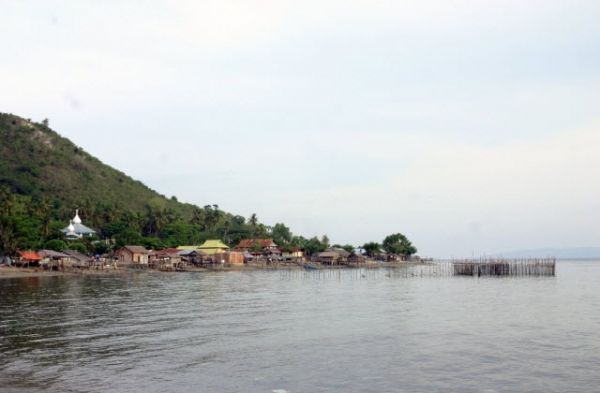As sea levels rise and adverse weather events become more common, vulnerable coastal communities are at increasing risk of devastation from storm surges and tsunamis. The death toll from tsunamis, at 260,000 during the past century, was higher than that from any other natural hazard. An international research team led by the University of Göttingen has now compared the effects of man-made and ecosystem protection to propose a hybrid approach including mangroves and coral reefs in coastal protection plans for tropical biodiversity hotspots. The results were published in the journal Trends in Ecology and Evolution.
In this study, led by Dr Thomas Wanger at the Agroecology Group at the University of Göttingen, an international team of scientists from Germany, China, Indonesia, Australia, and Singapore evaluated the ways coastal communities can be protected against disaster. The scientists compared conventional engineering solutions such as giant sea walls, with ecological solutions such as mangroves and coral reefs. They evaluated the effectiveness, cost, and the capacity to sustain biodiversity and ecosystems. The research provides new insights about the implementation of improving ecosystem-based coastal protection.
Continue reading at Göttingen University
Image via Göttingen University


